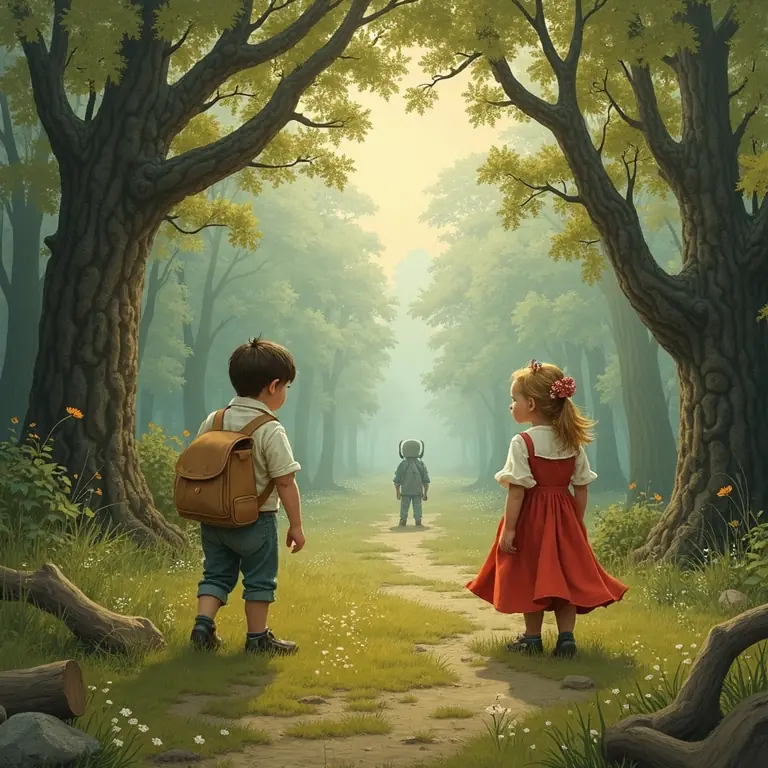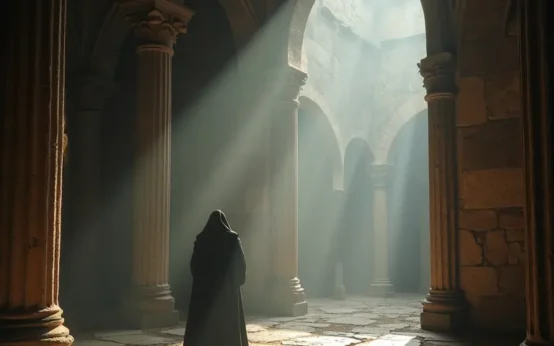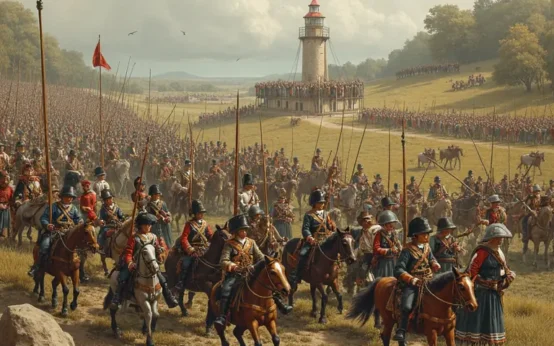We all remember them, don’t we? The sing-song verses, the simple melodies, the comforting cadence of nursery rhymes. From ‘Twinkle Twinkle Little Star’ to ‘Humpty Dumpty,’ these rhymes are often the first stories we hear, the first poems we memorize. But beyond the seemingly innocent surface lies a world of unexpected origins, historical context, and often, surprisingly dark hidden meanings. Far from being created solely to entertain children, many nursery rhymes originated as political satire, social commentary, or even coded messages during turbulent times.
A History Steeped in Satire and Social Commentary
The roots of many nursery rhymes can be traced back to the 16th and 17th centuries, a period marked by significant political and social upheaval in England. Before mass media, rhymes and ballads served as a primary form of news dissemination, particularly among the illiterate. However, openly criticizing the monarchy or powerful figures could lead to severe consequences. This is where the cleverness of nursery rhymes comes into play. They were a way to subtly critique the powerful, disguising political messages within seemingly harmless verses for children.
‘Ring a Ring o’ Roses’ – A Plague Tale?
Perhaps the most famous example of a rhyme with a dark origin is ‘Ring a Ring o’ Roses.’ For decades, the popular interpretation has been that the rhyme refers to the Great Plague of London in 1665. The ‘ring o’ roses’ is said to represent the rash that developed as a symptom of the plague, the ‘posies’ were carried as a supposed protection against the disease’s smell, and ‘ashes, ashes’ all fall down references the widespread death. While this is a compelling and widely circulated theory, historical evidence supporting it is surprisingly thin. Many scholars now believe the rhyme originated much later, possibly in the late 19th century, and was not directly about the plague, but rather a children’s game. However, the association stuck, highlighting how easily narratives can be built around these rhymes, regardless of their original intent.
‘Humpty Dumpty’ – More Than Just an Egg?
‘Humpty Dumpty’ is another rhyme often shrouded in mystery. The traditional interpretation, of course, involves an egg. But the origins may be far more dramatic. Some historians believe that ‘Humpty Dumpty’ refers to a powerful cannon used by the Royalists during the English Civil War in the 17th century. This cannon was strategically placed on Colchester’s city wall. When the wall was breached by Parliamentary forces in 1648, the cannon fell, and despite all attempts, couldn’t be raised again – “all the king’s horses and all the king’s men couldn’t put Humpty together again.” While this theory isn’t universally accepted, it exemplifies how nursery rhymes can be interpreted as allegories for historical events.
‘Mary, Mary, Quite Contrary’ – A Queen’s Troubles
‘Mary, Mary, Quite Contrary’ is widely believed to be about Mary I of England, also known as “Bloody Mary,” due to her persecution of Protestants. The ‘garden’ represents England, ‘quite contrary’ refers to her attempts to restore Catholicism after her brother, Edward VI, had established Protestantism, and the ‘silver bells’ and ‘cockle shells’ are thought to be instruments of torture used against Protestants. The ‘pretty maids all in a row’ are interpreted as the women who were executed for their religious beliefs. This rhyme, if accurate, paints a chilling picture of religious and political conflict.
The Political Landscape Encoded in Verse
The 18th and 19th centuries continued to see nursery rhymes used for political and social commentary, though the targets and methods evolved. The rise of newspapers didn’t eliminate the need for alternative forms of information, especially among those who couldn’t read or distrusted official sources.
‘Little Tom Sheen’ – A Jab at Charles II
‘Little Tom Sheen’ is a lesser-known rhyme but offers a fascinating glimpse into 17th-century political satire. Tom Sheen refers to Thomas Sheridan, a notorious courtier of Charles II known for his vanity and extravagant lifestyle. The rhyme mocks Sheridan’s attempts to appear fashionable and sophisticated, highlighting the perceived superficiality of the royal court. It’s a biting commentary delivered through a deceptively simple verse.
‘Goosey Goosey Gander’ – Religious Persecution?
‘Goosey Goosey Gander’ is another rhyme with controversial interpretations. Some believe it reflects the persecution of Catholics in England, particularly during the reign of Queen Elizabeth I. The ‘old man’ represents the Catholic priest, the ‘old woman’ the Catholic woman, and the ‘gander’ a symbol of the Catholic faith. The rhyme’s imagery of being ‘whipped’ and ‘burned’ alludes to the punishments inflicted upon Catholics who practiced their faith in secret. This interpretation, like many others, is debated, but it demonstrates how nursery rhymes could be used to subtly express dissent and resistance.
Beyond Politics: Moral Lessons and Social Norms
While political satire forms a significant part of the history of nursery rhymes, many also served to impart moral lessons and reinforce social norms. These rhymes often reflected the anxieties and values of the time.
‘Simple Simon’ – A Fool’s Errand
‘Simple Simon’ is a cautionary tale about gullibility and the dangers of trusting appearances. Simon’s repeated failures to purchase pies highlight the importance of being discerning and avoiding foolish bargains. The rhyme reinforces the value of prudence and critical thinking, lessons valuable for children and adults alike.

‘Little Bo-Peep’ – Lessons in Responsibility
‘Little Bo-Peep’ is often interpreted as a lesson in responsibility and the consequences of carelessness. Bo-Peep’s loss of her sheep and her subsequent attempt to find them, only to lose them again, emphasizes the importance of attentiveness and diligence. It’s a simple yet effective way to teach children about the need to take care of their possessions and fulfill their duties.
The Evolution of Rhymes and Their Modern Interpretations
Over time, the original meanings of many nursery rhymes have become obscured, replaced by more innocent interpretations. As society changed, the historical context faded into the background, and the rhymes were embraced purely for their entertainment value. However, the enduring popularity of these rhymes also ensures that the debate about their origins continues.
The process of re-interpreting and assigning new meanings to old rhymes is ongoing. Modern scholars are using historical research, linguistic analysis, and cultural studies to shed new light on the origins and evolution of these verses.
The Power of Storytelling and Collective Memory
Ultimately, the story of nursery rhymes is a testament to the power of storytelling and collective memory. These rhymes have survived for centuries, passed down through generations, evolving and adapting to changing times. They offer a unique window into the past, revealing the concerns, anxieties, and beliefs of those who came before us.
The fact that these seemingly simple verses can spark such complex and fascinating debates is a testament to their enduring cultural significance. They remind us that even the most innocent-looking stories can harbor hidden depths and unexpected origins.
Want to explore how our beliefs can profoundly impact our health? Check out The Curious Case of Placebo Effects.
Interested in other forms of hidden language? Discover The Secret Language of Tea Leaves.
The structure of rhymes often relates to deeper patterns, such as those found in music. Learn more about this in The Surprisingly Consistent Math Behind Musical Harmony.
The very idea of measuring time is steeped in history. Read about The Unexpectedly Precise History of Time Zones.
And for those fascinated by how our brains interpret the world, explore The Quirky Science of Synesthesia.


 The Curious Acoustics of Historical Echo Chambers: Resonance, Ritual, and Revelation
The Curious Acoustics of Historical Echo Chambers: Resonance, Ritual, and Revelation  The Curious Cartography of Scent: Mapping Perfume Ingredients Through History
The Curious Cartography of Scent: Mapping Perfume Ingredients Through History  The Curious Lexicon of Lost Trades
The Curious Lexicon of Lost Trades  The Surprisingly Consistent Science of Historical Ice Harvesting – A Frozen History of Commerce & Preservation
The Surprisingly Consistent Science of Historical Ice Harvesting – A Frozen History of Commerce & Preservation  The Unexpectedly Consistent Science of Historical Buttonhooks – Fashion, Function & Forgotten Tools
The Unexpectedly Consistent Science of Historical Buttonhooks – Fashion, Function & Forgotten Tools  The Surprisingly Consistent Science of Historical Toy Soldiers – Miniature Warfare, Materials & Collective Play
The Surprisingly Consistent Science of Historical Toy Soldiers – Miniature Warfare, Materials & Collective Play